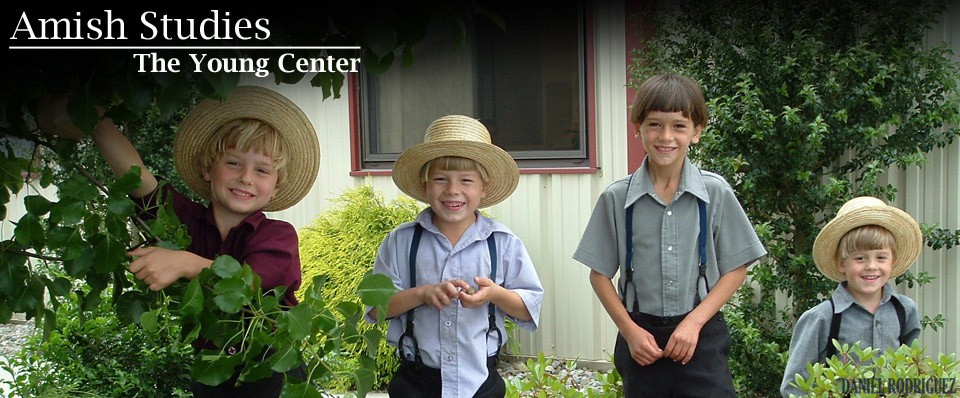Amish Population Profile 2016
Population. The estimated population of the Amish of North America (adults and children) as of May 2016 is 308,030. This is an increase of approximately 8,030 since 2015, a growth rate of 2.6 percent. For a comparison of 2016 to 2011 population data, see Population Change 2011-2016 tables. For a comparison of 2016 to 1992 population data, see Population Change 1992-2016 tables. (For earlier population data and growth rates, see Population Change 1992-2013 tables and Population Change 2008-2013 tables.)
States and Provinces. North American Amish communities are located in 31 states and three Canadian provinces. In 2016 the Amish established two new settlements in the province of Prince Edward Island.
South America. Horse-and-buggy-driving New Order Amish from Ohio established two settlements in South America in the fall of 2015—one in Bolivia and one in Argentina. Each settlement has one small congregation. Most of the members come from Old Colony Mennonite background. These settlements are not included in the North American population estimates.
Settlements. During the past year, 15 new settlements (geographical communities) were established and 7 existing settlements failed, a net gain of 8 settlements. New settlements are typically small, with only a few families in a single church district (congregation).
Fifty-one percent of all Amish settlements contain only a single church district. Older settlements such as those in the Holmes County, Ohio, and Lancaster, Pennsylvania, areas contain more than 200 districts. Larger settlements may have several different subgroups whereas smaller ones typically have just one subgroup.
Districts. The number of districts (congregations), each of which generally consists of 20 to 40 families, grew from 2,193 in 2015 to 2,259 in 2016, an increase of 66 in the twelve-month period.
Big Three States. Historically, Ohio, Pennsylvania, and Indiana have claimed about two-thirds of the North American Amish population. That trend continues this year: 63 percent of the total Amish population lives in those three states.
Reasons for Population Growth. The primary forces driving the growth are sizable nuclear families (five or more children on average) and an average retention rate (Amish children who join the church as young adults) of 85 percent or more. A few outsiders have joined the Amish, but the bulk of the growth is from within the Amish community.
Reasons for New Settlement Growth. The Amish establish new settlements in states that already have Amish communities as well as in “new” states for a variety of reasons that may include: (1) fertile farmland at reasonable prices, (2) non-farm work in specialized occupations, (3) rural isolation that supports their traditional, family-based lifestyle, (4) social and physical environments (climate, governments, services, economy) conducive to their way of life, (5) proximity to family or other similar Amish church groups, and (6) as a way to resolve church or leadership conflicts.
Notes: Settlement and district statistics were updated in June 2016. Population figures (which include adults and children) are estimates calculated by using state-sensitive averages of the estimated number of people per church district. The number of people per district varies by region, community, affiliation, and age of the district. Thus, the actual number of people in a specific district or state may be higher or lower than the estimates. The national composite average per district is 136. The data includes all Amish groups (Old Order and New Order) that use horse-and-buggy transportation, but excludes car-driving groups such as the Beachy Amish and Amish Mennonites.
Sources: Raber’s Almanac; reports by correspondents in Die Botschaft, The Budget, and The Diary; migration reports in The Diary; state and regional settlement directories; regional newsletters; and informants in various settlements.
To cite this page: “Amish Population Profile 2016.” Young Center for Anabaptist and Pietist Studies, Elizabethtown College. http://groups.etown.edu/amishstudies/statistics/amish-population-profile-2016.
